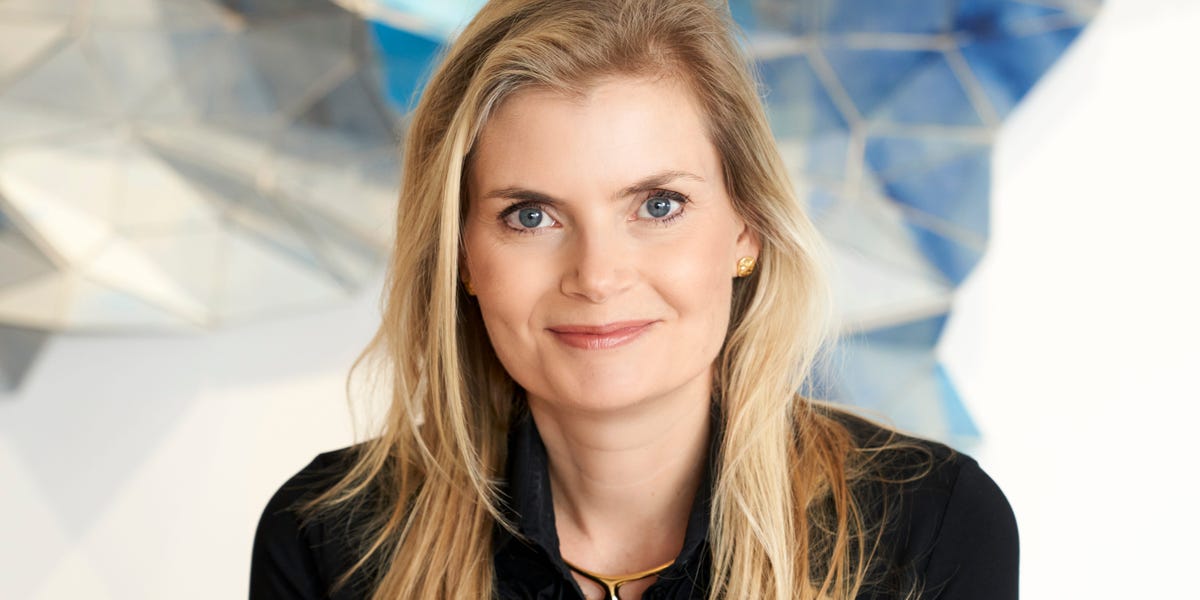Snowflake CMO Denise Persson has a big growth mandate ahead of her.
Persson started at the company in 2016, when it marketed itself with a billboard along US Highway 101 in Silicon Valley, and when its events were so heavily plastered with the Amazon Web Services logo, on which Snowflake had built its technology, attendees often thought they were at an Amazon event.
“As a startup, you can’t do it alone,” Persson told Insider. “There’s always some company in your category that you can ride on their wake, and for us, it was AWS.”
Today, Snowflake has surged to become a giant in its own right and is looking to grow exponentially more. Its revenue was $95.7 million in 2018 according to its S-1 filing, has projected revenue of $2.6 billion by the end of this year, and has said it aims to hit $10 billion in revenue by 2029.
One of the key strategies Snowflake is employing to meet this lofty ambition is by selling versions of its products customized for different industries, like media and entertainment, financial services, and telco.
Persson’s big task is convincing the developer community to build industry-specific applications on top of its software — a strategy that notably helped Salesforce become a tech giant.
Part of this is through continued investment on LinkedIn, which lets Snowflake message people across industries. “It really allows us to go in and target individuals in the most effective way,” Persson said. But as the data giant zeroes in on connecting with developers across industries, Persson has also expanded Snowflake’s outreach, for instance, with a YouTube channel for developers, established eight months ago.
Snowflake is also going after that developer community through its many live events. “I’m a big believer in everything digital, but in B2B, it is still important for people to feel that energy from the people around them and talk to customers,” Persson said.
The company hosted a dev-focused summit in June, and it has a series of October events in cities like New York, Mumbai, and Stockholm that have a big component dedicated to app development.
Companies that build industry-focused products benefit by being able to close deals quicker, and those deals are often larger in size, said Mizuho analyst Gregg Moskowitz.
Closing larger deals will be a major factor if Snowflake hits its ambitious $10 billion revenue goal. Snowflake plans to get 1,400 customers spending more than $1 million by 2029, company CFO Michael Scarpelli said during an investor event last year. Two years ago, it had 104 such customers, according to a 2021 investor presentation, and it currently has 402, according to a 2023 investor presentation.
“Based on the progression we’ve seen, I think it’s reasonable they get to 1,400” by 2029, said Moskowitz. “They have to continue to execute and broaden their platform, and have more use cases for customers.”
Avoiding the $100 million rut
Although Snowflake is still a ways off from hitting $10 billion in revenue, Persson has already helped shepherd the company from making tens of millions to making billions.
“A lot of companies get stuck at $100 million,” Persson said. Client references are extremely important for enterprise tech sales, but that takes a lot of time as companies get bigger, Persson said. She helped Snowflake avoid the $100 million rut in 2018, by instituting scheduled webinars where prospective buyers can talk to clients like Glossier or Endeavor.
“You need to look at everything you’re doing today and ask: Will this scale a year from now or two years from now?” Persson said.
Read the full article here





